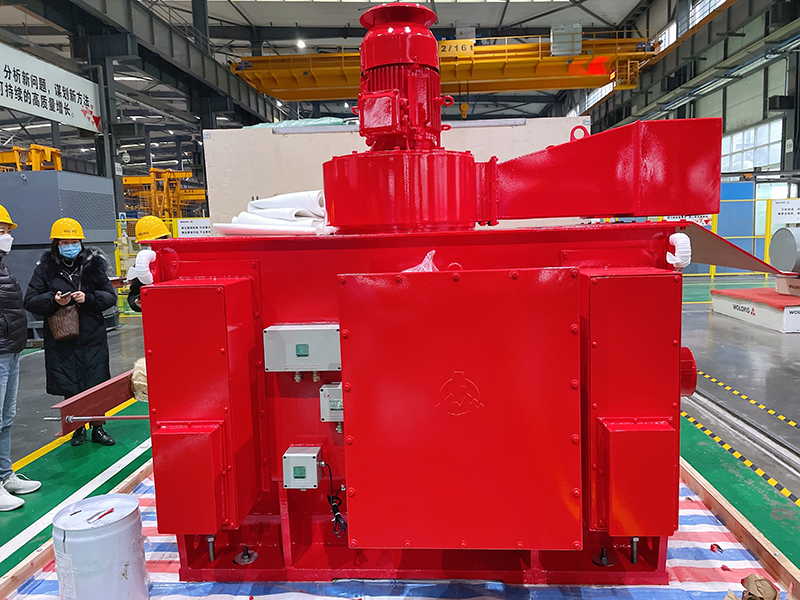Measures to improve the efficiency of electric motors. The energy saving of a motor is a systematic project, which involves the whole life cycle of the motor. From the design and manufacture of the motor to the selection, operation, adjustment, maintenance and scrapping of the motor, the effect of the energy saving measures should be considered from the whole life cycle of the motor. In this regard, domestic and foreign countries mainly consider improving the efficiency of the motor from the following aspects.

The design of energy-saving motor refers to the use of modern design methods such as optimization design technology, new material technology, control technology, integration technology, test and detection technology, etc., to reduce the power loss of the motor, improve the efficiency of the motor, and design an efficient motor.
While converting electrical energy into mechanical energy, the motor also loses a part of the energy itself. Typical AC motor losses can generally be divided into three parts: fixed loss, variable loss and stray loss. Variable losses are load-dependent and include stator resistance losses (copper losses), rotor resistance losses and brush resistance losses; fixed losses are load independent and include core losses and mechanical losses. The iron loss is composed of hysteresis loss and eddy current loss, which is proportional to the square of the voltage, and the hysteresis loss is also inversely proportional to the frequency; other stray losses are mechanical losses and other losses, including friction losses of bearings and fans, rotors wind resistance loss due to rotation;
Post time: Dec-18-2023





